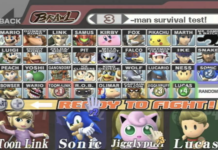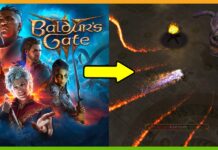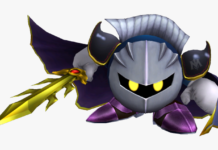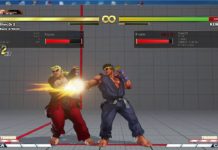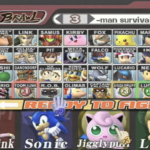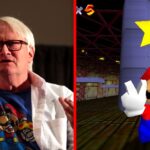Super Smash Bros. Melee was released on November 21st, 2001, and it immediately became a must-have title for the Nintendo GameCube. The game’s popularity inevitably led to a competitive scene sprouting up.
Unlike most competitive video games, Melee is still going strong after 20 years; there are many large tournaments for the game, several prominent Melee players have sizable Twitch streams, and the addition of things such as netplay have kept the game alive much longer than most competitive titles.
The meta for the game has changed a lot, and when you peep top level play from different eras, you can really spot the difference.
Melee At The Beginning
When Melee tournaments first started popping up, it was all about discovering tech and implementing as soon as possible, as this could give you a huge edge over the competition. As Smash legend Ken Hoang states in the Smash Bros. documentary, he dominated his opponents with his discovery of the technique now known as “dash dancing.”
Other players would find ways to incorporate moves such as wavedashing, wavelanding, short hop lasers, directional influence and much more, but the level of execution was still very shaky; it was unlikely anyone would really master all of these techniques, so the players who would win the most were those with the best fundamentals: neutral, zoning, spacing, footsies, edgeguarding and so on were the main decides in the early days of Melee.
As a result, early Melee was much slower paced, and the punish game was less lethal; combos were only a few hits at most, and there wasn’t the same level of pressure and execution as there is today. Not to mention, several tournaments still had items and questionable stages legal.
Still, these players laid the foundation for the game that’s played today, and a lot of the ideas they had still hold true. This match between Ken and SultanOfSamitude captures the Melee meta in 2003:
Melee In The Modern Era
In the current era, Melee is not only bigger than it ever was, but the quality of play has exploded; the access to online play via netplay, as well as mods such as 20XX: Tournament Edition means that players today have far more resources for practicing and theorycrafting than ever before. Couple this with a more established esports scene, and the amount of time and effort being poured into the game trumps any other era in Melee history.
Now it’s essential for players to master L-Canceling, wavedashing, wavelanding, and so on. Techniques such as shield-dropping are getting to the point where they are a necessity. A solid understanding of fundamentals is required to even have a chance in a tournament match. Many players also have perfected punish games, where one hit can lead to a lost stock.
As a result, current Melee is one of the most technically demanding games in esports, with APMs rivaling that of professional RTS games. There is a large talent pool constantly pushing the meta for the higher tiered characters and new, frame-perfect techniques is constantly being introduced to take the game to the next level.
For context, here is another Marth vs. Falco video (featuring Ken again) that features two matches instead of just one, even though the video is only slightly longer.
It will be great to see where Melee will be in the next few years; although it might not be featured at tournaments such as EVO anymore, it still has a strong and loyal fanbase, as well as players who will continue to push the game as far as can be.




